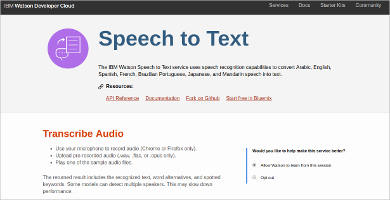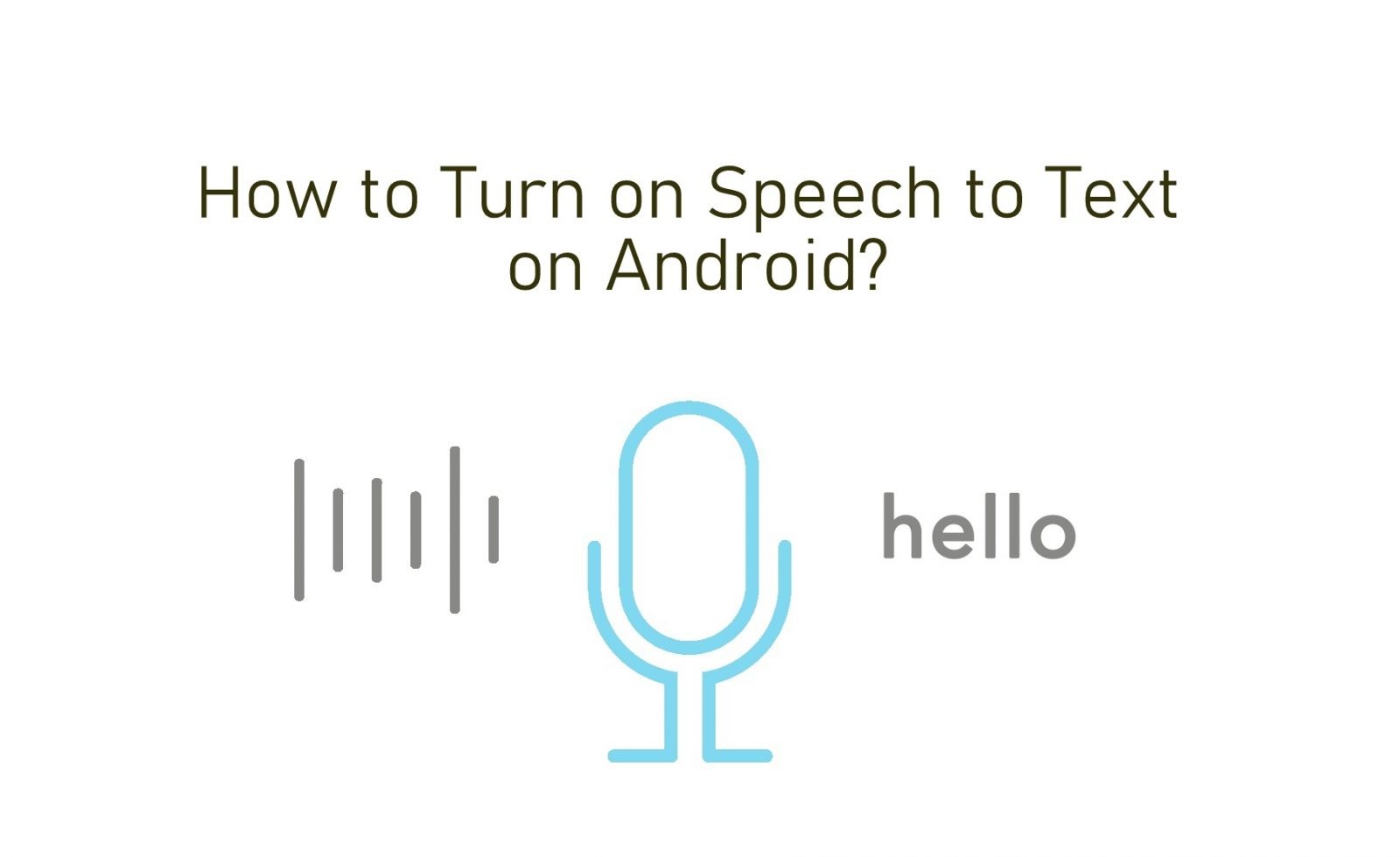
This includes using speech recognition on phones and voice assistants to look up information when cooking or driving a car.Ĭommonly used speech recognition software Speech recognition is helpful for people with situational limitations that make using a keypad, mouse or touch gestures difficult or impossible.

This includes people with conditions such as Repetitive Strain Injury (RSI) or Carpal Tunnel and people with a broken or fractured wrist or tendinitis. People with temporary limitations may revert to speech recognition when needed. Some people use speech recognition software combined with other assistive technologies such as switch devices or ergonomic keyboards.

People who have paraplegia, quadriplegic, have one arm, or limited use of their arms due to osteoarthritis or arthritis may use speech recognition. People with physical disabilities, dexterity limitations, cognition and learning disabilities use speech recognition software. Speech recognition provides access to the entire operating system and applications, including browsers and web content. People commonly use it as an alternative to using a keyboard, mouse or touch gestures. Speech recognition software listens to human speech, transcribes it into text, and executes spoken commands that operate your computer or device. You can also explore browsing with a desktop screen reader, browsing with a mobile screen reader, browsing with a keyboard, and browsing with screen magnification.

In our fifth and final post from our browsing with assistive technology series, we discuss browsing with speech recognition.


 0 kommentar(er)
0 kommentar(er)
